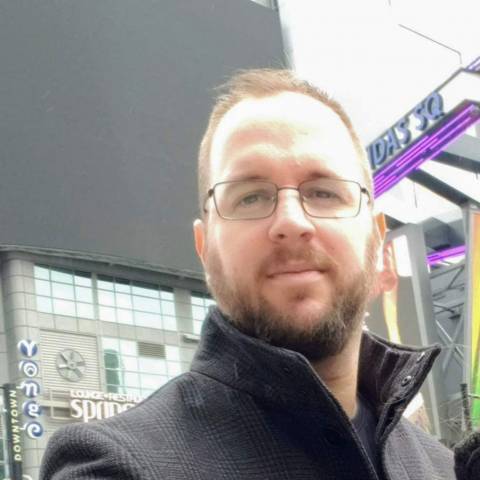With the world waiting for the widespread adoption of autonomous or self-driving cars, the perception is that the price will be too high to enjoy this convenience. While that may be true of a new car, like a Tesla, the Toronto start-up X-Matik is bringing self-driving capabilities to just about any car with a kit that costs less than USD 3,000.
“It's pretty remarkable when you see people's reaction to it," said Nima Ashtari, founder of X-Matik Inc. and former Tesla Engineer in an interview with The Globe and Mail. “It's usually one of amazement and surprise that you can do something like this with so little money and no need for a new car.”
How X-Matik Self-Driving Works
X-Matik LaneCruise™ is an aftermarket kit of hardware that includes five principal parts:
- a Brainbox central processing unit
- a front-facing camera, and touchscreen user interface
- and three actuators designed to control the steering wheel and brake and gas pedals.
While a system like Tesla’s Autopilot uses radar to detect objects near the vehicle, the X-Matik self-driving system relies on a camera mounted under the rear-view mirror, which can integrate with the driver's touchscreen. The data is relayed to the Brainbox under the driver's seat, which in turn controls the steering, brake, and gas pedals.
The X-Matik device enables the driver to cruise hands and foot free, maintaining a set distance and speed in relation to the cars ahead. LaneCruise™ is more like cruise control than a truly autonomous self-driving system. The driver must still pay attention to what is happening on the road and can quickly revert to manual driving by tapping the brake or gas pedal or moving the steering wheel.
The system will not work at empty intersections or on unmarked roads, and it cannot be used for navigational purposes.
Testing the X-Matik Self-Driving System
The X-Matik self-driving system will also be able to change lanes (though the driver will still need to activate the signal changes). This capability was not included in 200 beta kits sold to Ontario drivers, starting in November 2017 and coinciding with Ashtari's appearance on Dragon's Den, where he obtained $350,000 in funding for this innovative endeavor.
X-Matik is one of seven groups approved by the Ontario government to test self-driving cars on the province's roads. The others include:
- Uber
- the University of Waterloo
- Erwin Hymer Group
- BlackBerry's QNX
- Continental
- Magna.

Following the sold-out beta program, X-Matik was scheduled to make its LaneCruise™ system available to the general public in Canada and the United States in the spring of 2019 (presumably with lane-changing capabilities). While final pricing still needs to be decided, the beta prototypes sold for USD 1,500 to 2,000.
In the meantime, U.S. and Canadian governments and insurance companies need to play catch-up to see what new laws and policies are required to regulate the self-driving car industry. Right now, a lack of clear laws around self-driving cars and devices has created a gray area, meaning it is OK to install self-driving systems like the X-Matik in vehicles in many provinces and states.
And in fact, some changes might be good for drivers. For example, the X-Matik website points out that "Over time, we believe that with the help of our beta customers, we can prove that accident rates will drop when a car is equipped with LaneCruise™. This will result in lower insurance premiums for those with LaneCruise™ in their car.”
Images source: X-Matik Project Official Website.


